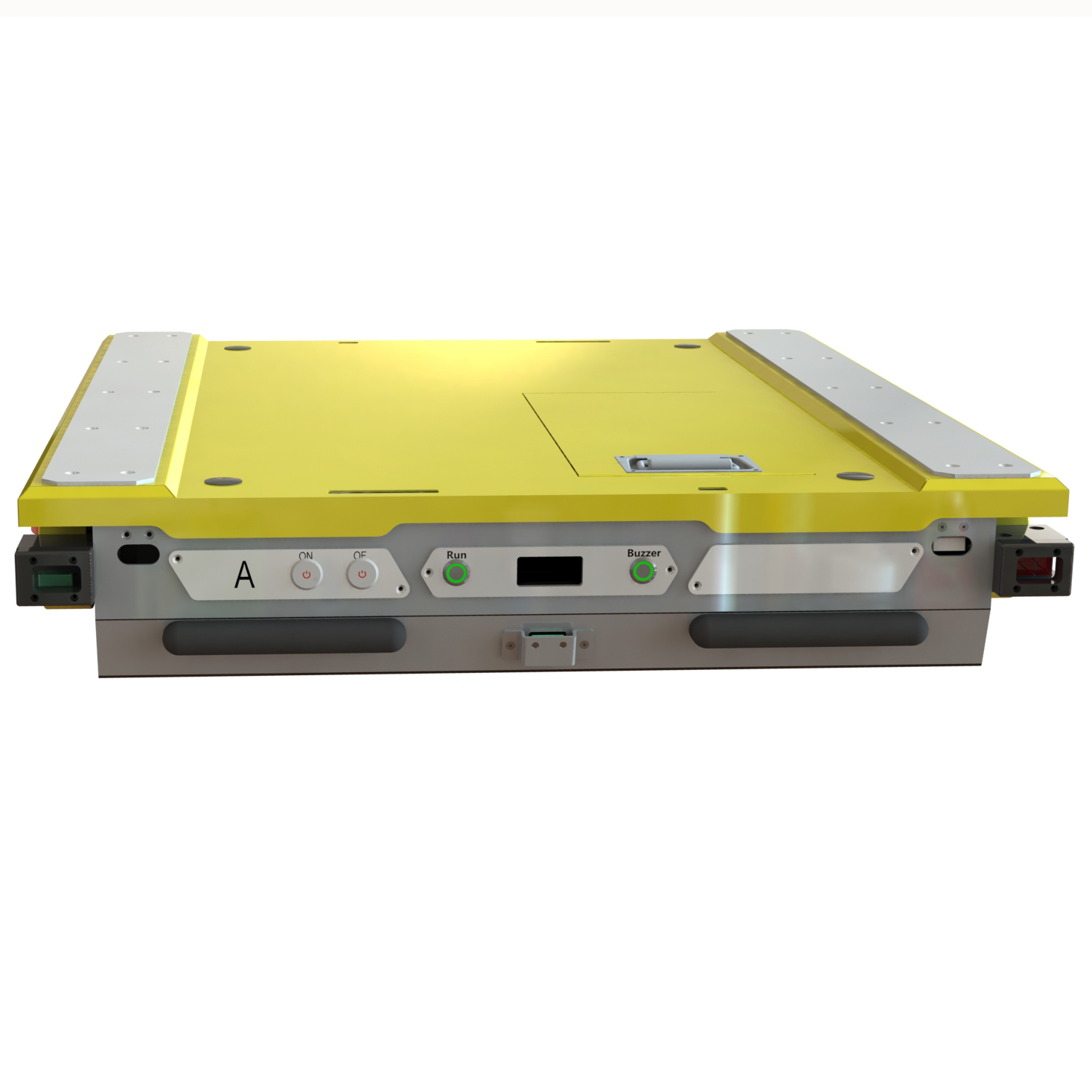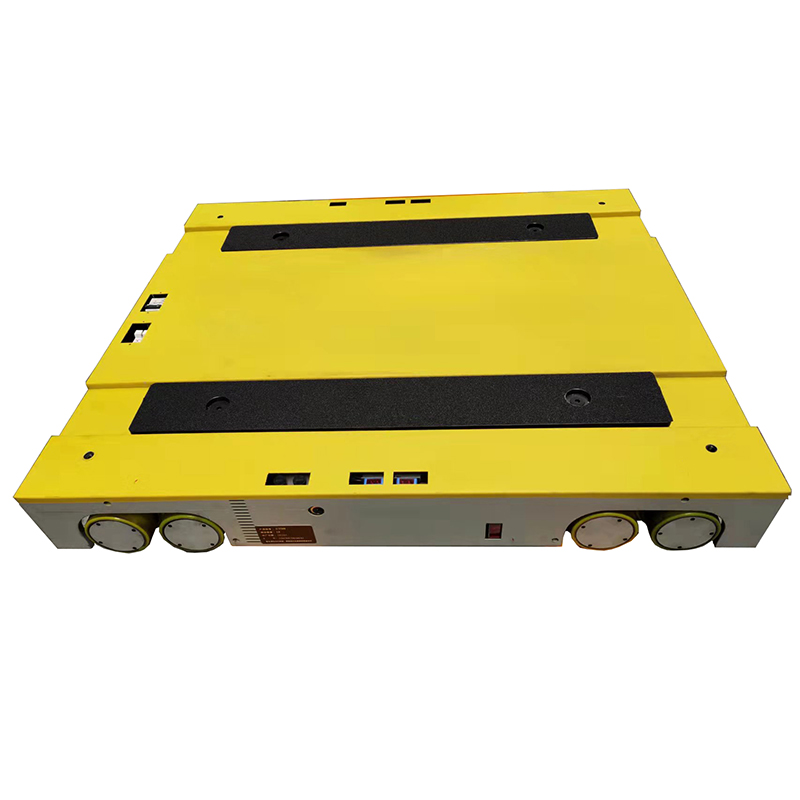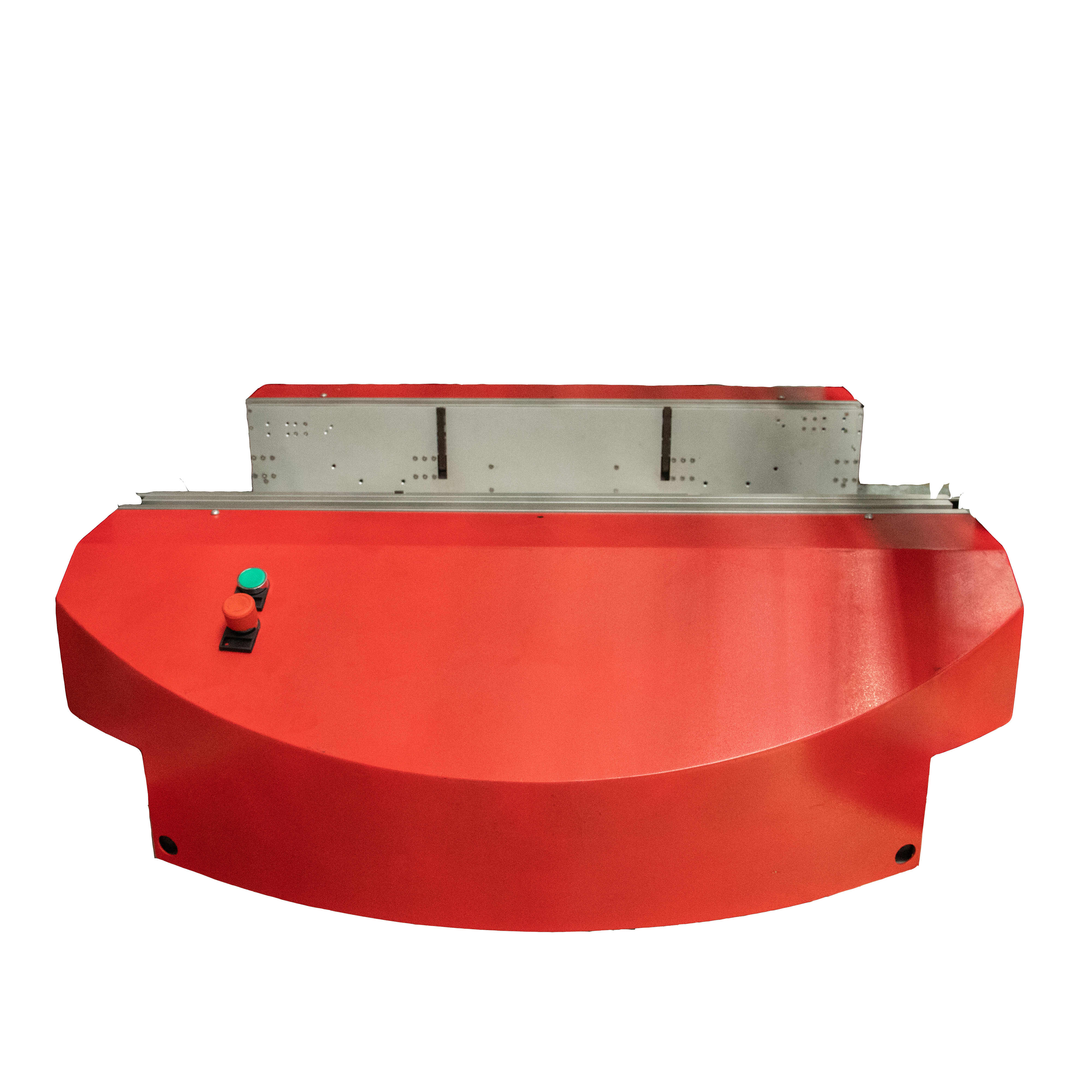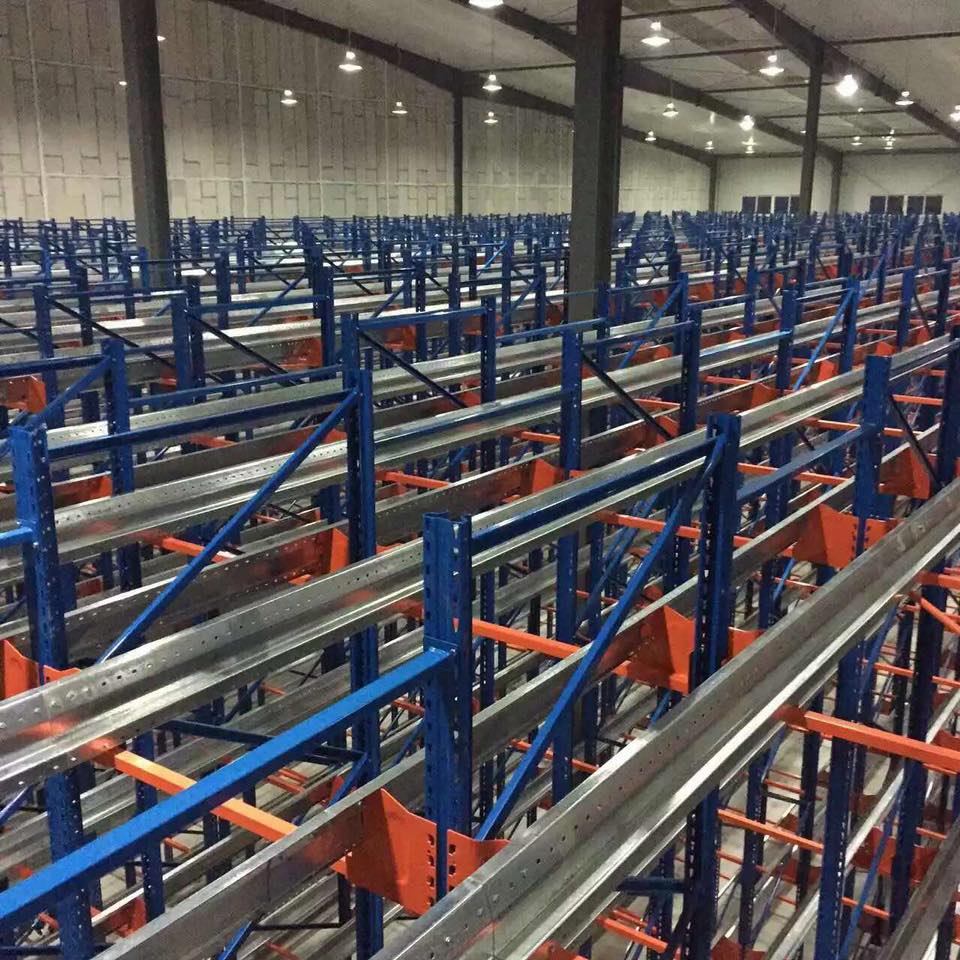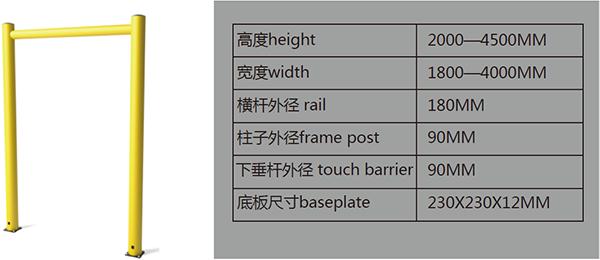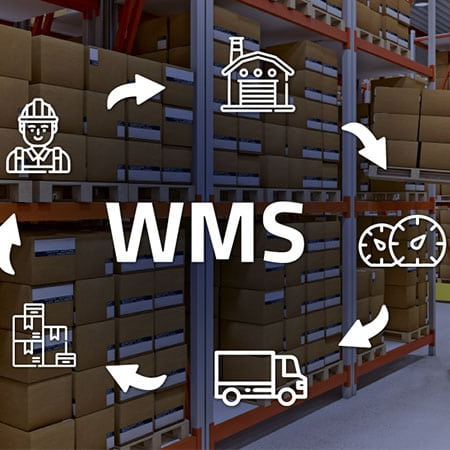Products
Ebil Tech
Automated Shuttle Car
Automated Shuttle Car is one of our products, we can provide one-stop storage system solutions and products, our products also include Industrial warehouse racking, Goods Lift, Guided Transport Vehicle, VNA Racking System, Tight Aisle Pallet Rack, Teardrop Rack, Powered Telescopic Arm Rack, Pull Out Sheet Storage, and so on. EBILTECH providing the automated and intelligent products of logistics system, such as pallet shuttle, stacker crane, cargo elevator, automatic transport system, other electrical automation and software of the logistics system. We have many main markets in the world, such as Benin, Udmurt, Brazil, San Diego (California, USA), Abidjan (C?te d'Ivoire), Strasbourg (France), and so on. We are looking forward to cooperate with you. If you are interested in Automated Shuttle Car.
An automated shuttle car, also known as an automated guided vehicle (AGV) shuttle or robotic shuttle, is a type of autonomous mobile robot designed for material handling and transportation tasks within a warehouse or distribution center. It is used to move goods, materials, or inventory between different locations within a facility in a fully automated manner. Automated shuttle cars play a crucial role in modern warehouse automation, enabling efficient and autonomous material movement, reducing labor costs, improving operational efficiency, and enhancing overall productivity.
Automated shuttle cars are equipped with onboard sensors, navigation systems, and control algorithms that allow them to operate independently and navigate through the warehouse environment. They can follow pre-defined paths or adapt to dynamic environments using various guidance technologies such as laser scanners, magnetic tape, or vision-based systems.
The operation of automated shuttle cars typically involves the following steps:
1. Loading: The shuttle car is loaded with goods or materials either manually or by an automated loading system. This can involve placing items directly onto the shuttle car or onto specialized racks or shelves that can be transported by the shuttle car.
2. Navigation: The shuttle car uses its onboard sensors and navigation system to determine its position and navigate through the warehouse or distribution center. It can detect obstacles, avoid collisions, and follow predetermined routes or instructions.
3. Transport: The shuttle car moves autonomously to the designated location, following the most optimal path. It can transport goods from one area to another, such as from a storage location to a picking station or from a receiving dock to a storage area.
4. Unloading: Upon reaching the destination, the shuttle car unloads the goods or materials either manually or through an automated unloading system. The items are then ready for further processing, storage, or distribution.
Automated shuttle cars offer several advantages in material handling operations:
1. Increased Efficiency: By automating the transportation process, shuttle cars can operate continuously, leading to faster and more efficient material flow. They can also optimize routes and coordinate with other automated systems to minimize wait times and maximize productivity.
2. Flexibility: Shuttle cars can be programmed to adapt to changing warehouse layouts or operational requirements. They can easily be reconfigured or reprogrammed to accommodate different types of goods or adjust to shifting demands.
3. Safety: Shuttle cars are equipped with built-in safety features such as collision avoidance systems, emergency stop buttons, and sensors to ensure safe operation in shared spaces with human operators or other vehicles.
4. Scalability: Multiple shuttle cars can be deployed simultaneously in a warehouse, allowing for scalable and flexible material handling capabilities. They can work cooperatively to handle high volumes of goods or handle tasks in parallel, increasing overall throughput.
The specific design and features of automated shuttle cars can vary depending on the manufacturer and the specific requirements of the application. They can be customized to handle different load capacities, operate in specific environments, and integrate with existing warehouse management systems for seamless coordination and control.

